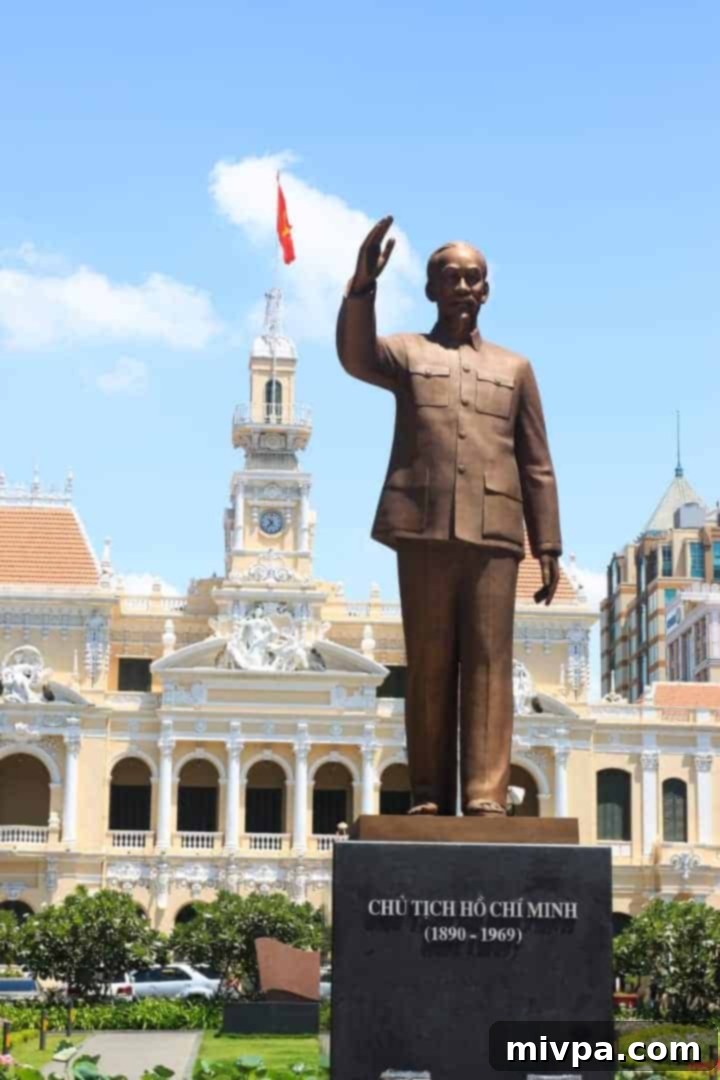Discovering Ho Chi Minh City: A Journey Through Vietnam’s Vibrant Heart and Complex History
I crane my neck, shielding my eyes from the piercing, hot Vietnamese sunshine. Against the vast expanse of the brilliant blue summer sky, I discern a striking tableau: a solitary yellow star set upon a field of vibrant red, flapping with an almost rhythmic grace in the gentle breeze. This powerful symbol, the flag of Vietnam, unfurls proudly, an immediate and potent introduction to a nation that is both deeply captivating and, at times, profoundly challenging to comprehend.
We find ourselves in Vietnam, the captivating S-shaped country that stretches vertically across the map of Southeast Asia. It is a socialist republic whose recent past is indelibly marked by decades of arduous power struggles, a nation that has grappled with significant poverty at various junctures over the last half-century. Yet, it endures as a land brimming with an undeniable spirit and a rich tapestry of resilience, making it an experience that resonates long after you leave.
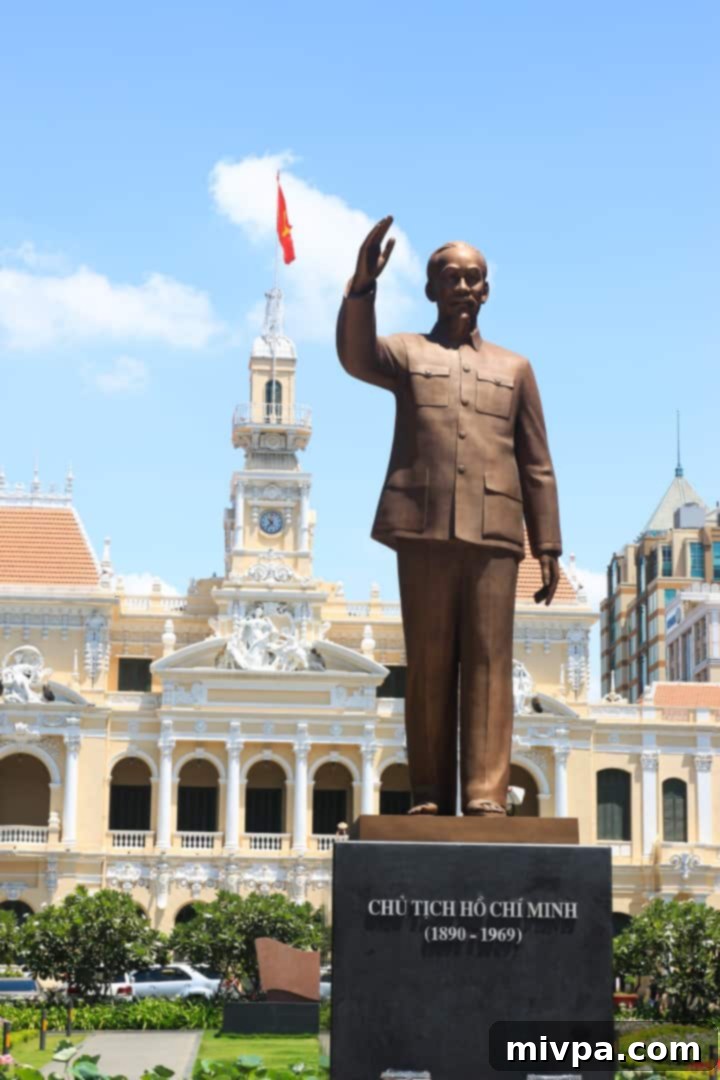
More specifically, our destination is Ho Chi Minh City, a bustling metropolis still affectionately known by many as Saigon. This former name harks back to the period before the reunification of the country’s North and South in the mid-1970s, a historical pivot that reshaped the nation’s identity and its future trajectory.
Before this trip, my knowledge of Vietnam was largely confined to a few prominent facts: its immense output of rice from vast paddy fields and its renown for producing exceptionally thick, strong, and aromatic coffee. However, my five-day journey through this dynamic city in South Vietnam with my parents quickly evolved into a condensed, immersive lesson. I found myself compelled to delve deeper, attempting to grasp the intricate layers of this country, its remarkable people, and its profound history, all within a remarkably short span of time.
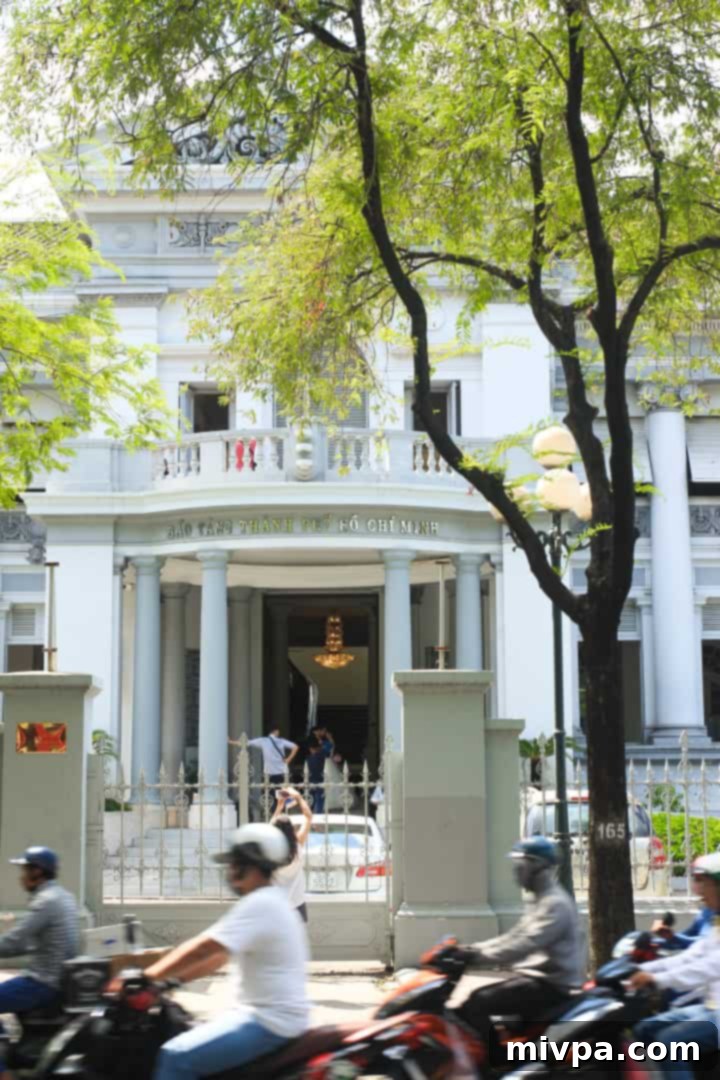
Our arrival in late April placed us squarely in the midst of Vietnam’s dry season, a period that typically stretches from January through September. The moment we stepped off the plane, the air hit us like a physical force—thick, heavy, and relentlessly hot. Temperatures soared, rainfall was a distant memory, and an almost tangible humidity enveloped us, clinging to the skin like a warm, wet blanket. This wasn’t just ‘warm’ weather; it was an enveloping intensity that urged constant perspiration.
If asked what impressions linger most vividly from our time in Ho Chi Minh City, I would unequivocally speak of the intense, pervasive heat. It beat down on our backs and struck our faces anywhere that shade did not cover, a relentless presence that made us yearn for cool respite. And I would describe the feeling of constant perspiration, a humid film that adhered to the skin, providing no true relief until we finally retreated into the blessed sanctuary of an air-conditioned room. It was hot, humid, and then hot again, a cycle that made us truly appreciate the ingenious adaptations of the local populace. Only then did the practicality and widespread use of the conical “nón lá” hats truly make sense, serving not just as traditional headwear but as essential personal shields against the sun’s scorching intensity.
Yet, despite this almost unbearable heat, a striking observation was how most locals remained clad in long-sleeved tops and long pants. Many even wore face masks, a practical form of protection against the harsh UV rays and the urban smog that often hangs over the bustling city. It was a testament to their resilience and their understanding of their environment, prioritizing protection over perceived comfort.
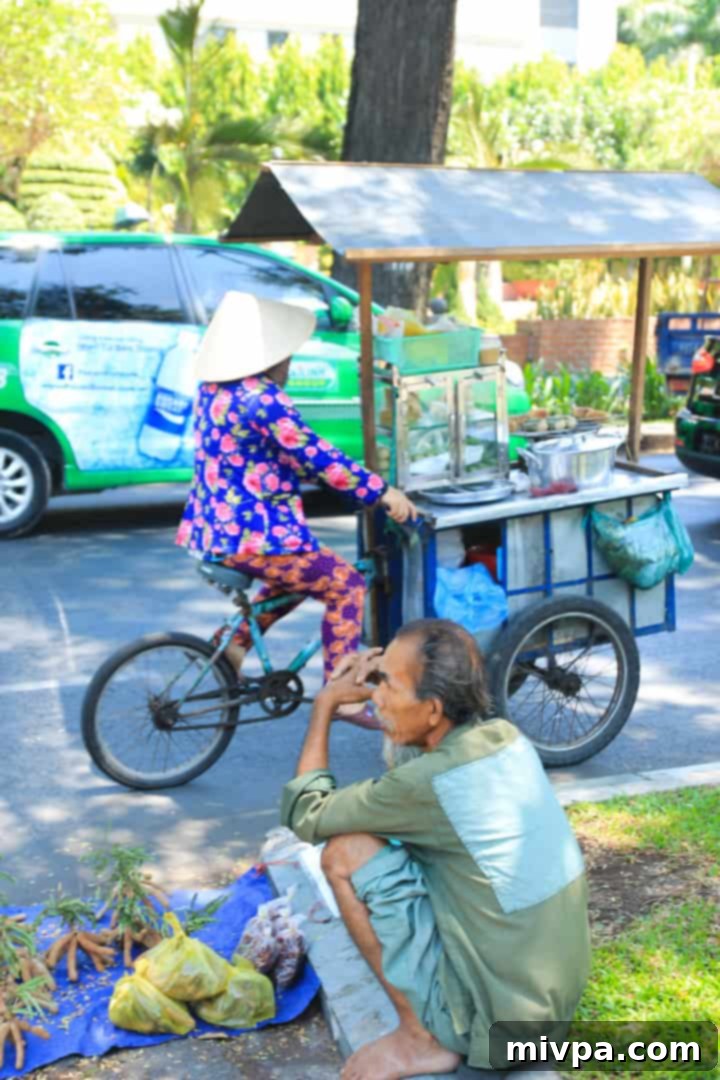
Walking through the vibrant, narrow streets of Ho Chi Minh City, I was utterly mesmerized by the seemingly endless streams of motorcycles and scooters. They flowed like a relentless river, bombarding us from every conceivable direction, creating a symphony of horns and engines that became the city’s constant soundtrack. Navigating this vehicular ballet quickly became an acquired skill, a vital part of the urban experience.
The cardinal rule for crossing the street became clear: look everywhere, always. And then, cross neither too quickly nor too slowly. You needed to maintain a steady, predictable pace, allowing the chaotic flow of traffic to intuitively navigate around you. This gave you enough time to react if a motorbike or scooter suddenly swerved, but also allowed riders sufficient time to spot you and find their path without disruption. Within just two days, my parents and I began to grasp the intricate dance of crossing Saigon’s jam-packed roads. Still, at every intersection, we instinctively held onto each other, finding strength and reassurance in numbers against the swirling tide of two-wheeled vehicles.

Echoes of the Past: The Cu Chi Tunnels and Unforgettable Encounters
Our journey took us to the historic Cu Chi tunnels, a vital network used by Việt Cộng soldiers during the Vietnam War. On the bus ride there, our tour guide, affectionately nicknamed Frank the Tank, regaled us with a series of deadpan jokes, delivered with a perfectly straight poker face. His subsequent description of the Vietnam War—or, as he framed it, “the American War”—offered a poignant glimpse into the local Vietnamese perspective. It painted a picture of a nation still grappling with the profound, lingering effects of the conflict, suggesting that some sentiments towards North Americans remained complex and, at times, less than amiable.
We ventured into just 40 meters of the extensive tunnel system that played a pivotal role in the guerrilla warfare waged by the North Vietnamese forces against the Americans. As the oppressive afternoon heat combined with the physical exertion of trekking through the cramped, narrow passages, I found myself longing intensely for an ice-cold glass of water and the immediate comfort of an air-conditioned room. In that moment, I recognized myself as a product of the first world, a creature accustomed to modern comforts, utterly unprepared to withstand the impoverished and grueling conditions of war. A wave of profound gratitude washed over me for never having to endure such a conflict. Deep down, I questioned whether I possessed the resilience to survive an experience as traumatic as that. I quickly dismissed the thought; I doubted my own capacity to do so.
On our return journey, we visited a unique lacquerware factory. This establishment, run by the military, proudly employed veterans of the Vietnam War who had been maimed during the conflict. We were guided meticulously through the entire lacquerware-making process, from the initial raw materials to the exquisite finished products. Witnessing the arduous, backbreaking work performed by these dedicated employees, who, I overheard, were afforded only a meager 15-minute lunch break each day before returning to their relentless grind, stirred a deep ache in my heart. My emotions were raw for these individuals, whose struggles I could only begin to imagine.
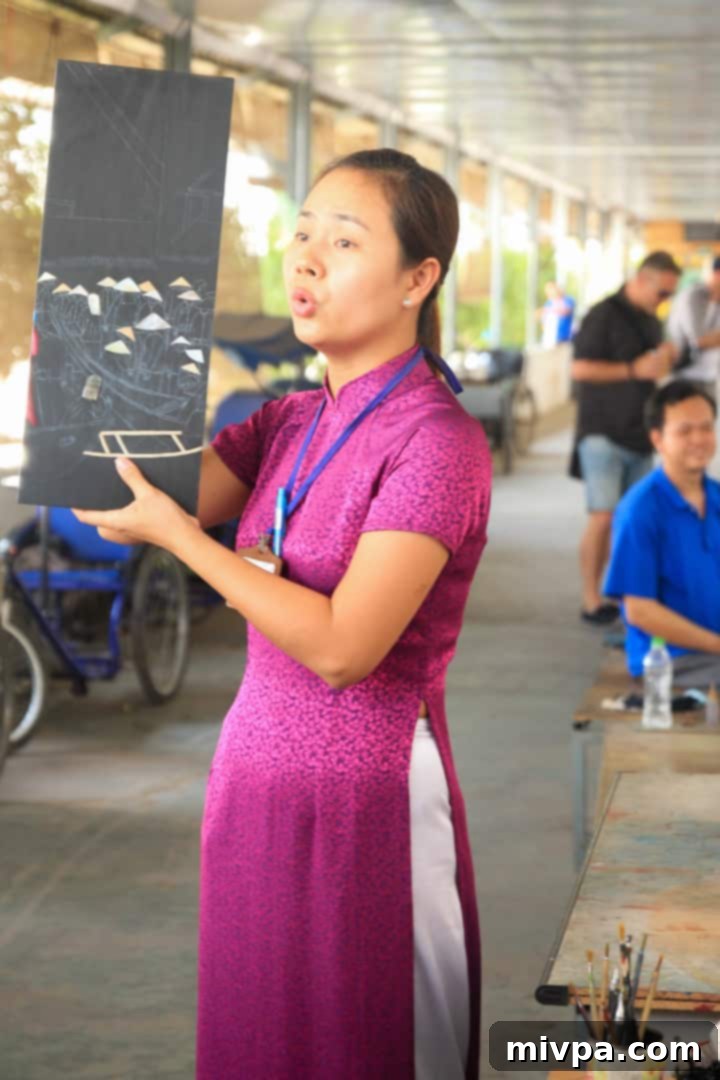
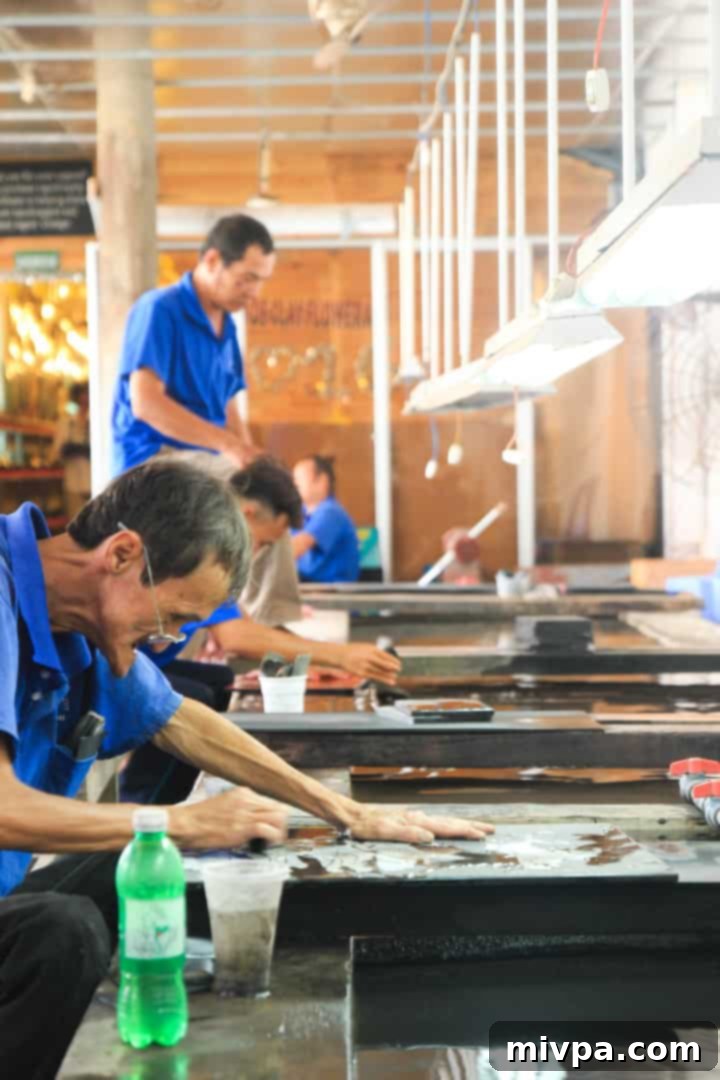
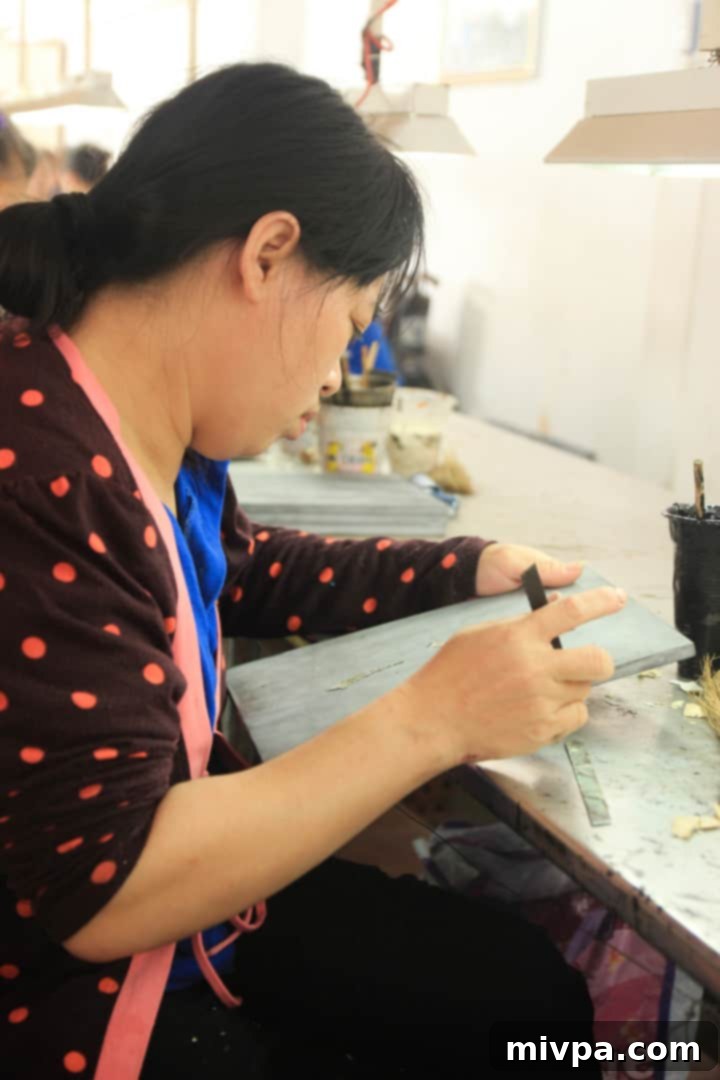

A Glimpse of Power: The Grandeur of Reunification Palace
Later in our trip, we made our way to the impressive Reunification Palace, a historical landmark that once served as the home and workplace of the President of South Vietnam during the war. Stepping inside, we were immediately transported into a completely different narrative, a stark contrast to the gritty, war-torn Vietnam we had just experienced at the Cu Chi tunnels and witnessed in the struggling lives of the veterans. Here, the atmosphere was one of grandeur, profound peace, and undeniable beauty. Everything felt new, shiny, and bright, a meticulously preserved snapshot of a bygone era of political power and luxury.
I was struck by the astonishing dichotomy between the lives led by those in power, as evidenced by the opulent surroundings of the palace, and the stark realities faced by the ordinary people outside its gates. It was a powerful reminder of the vast disparities that often exist within a nation, a visual representation of history’s complex layers.
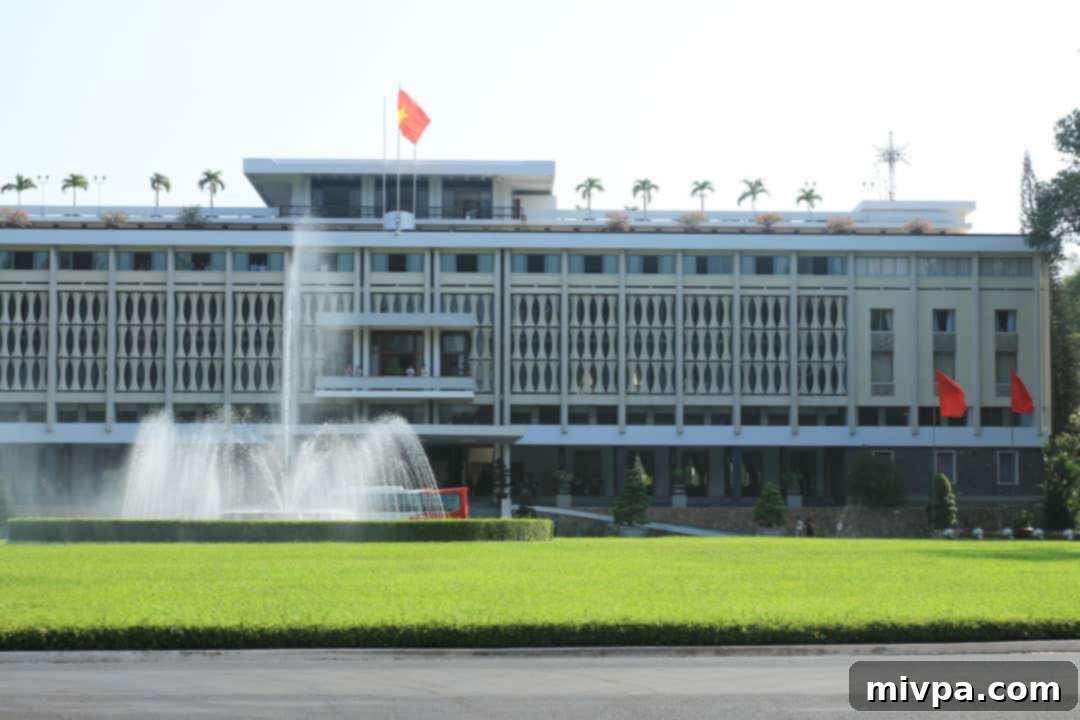
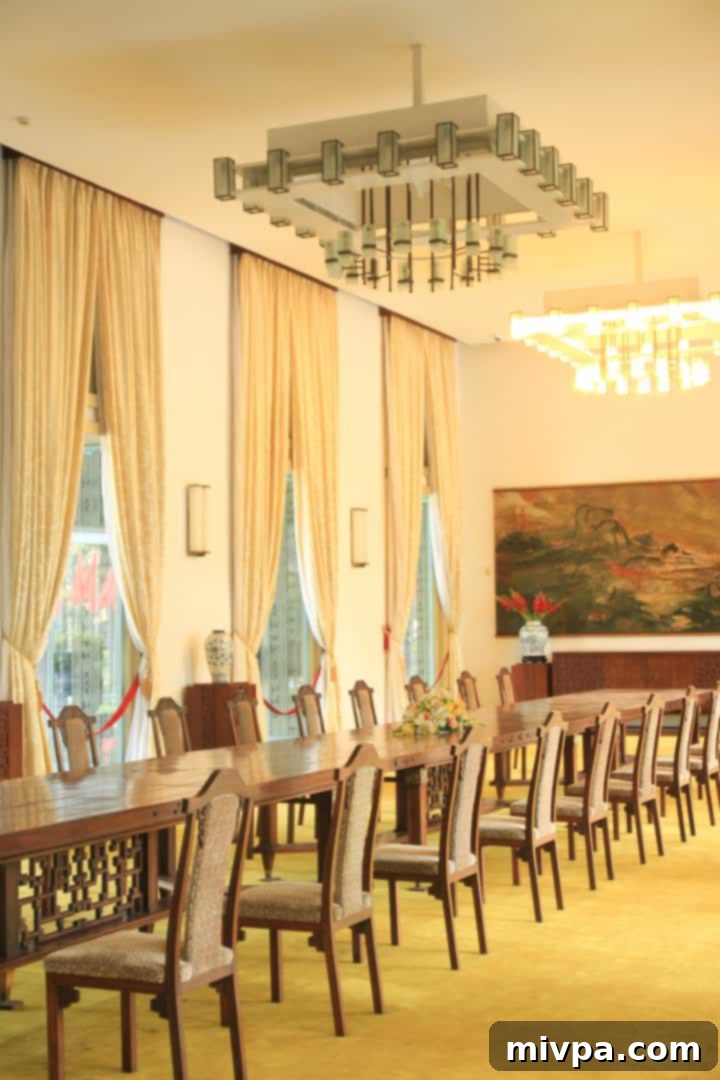
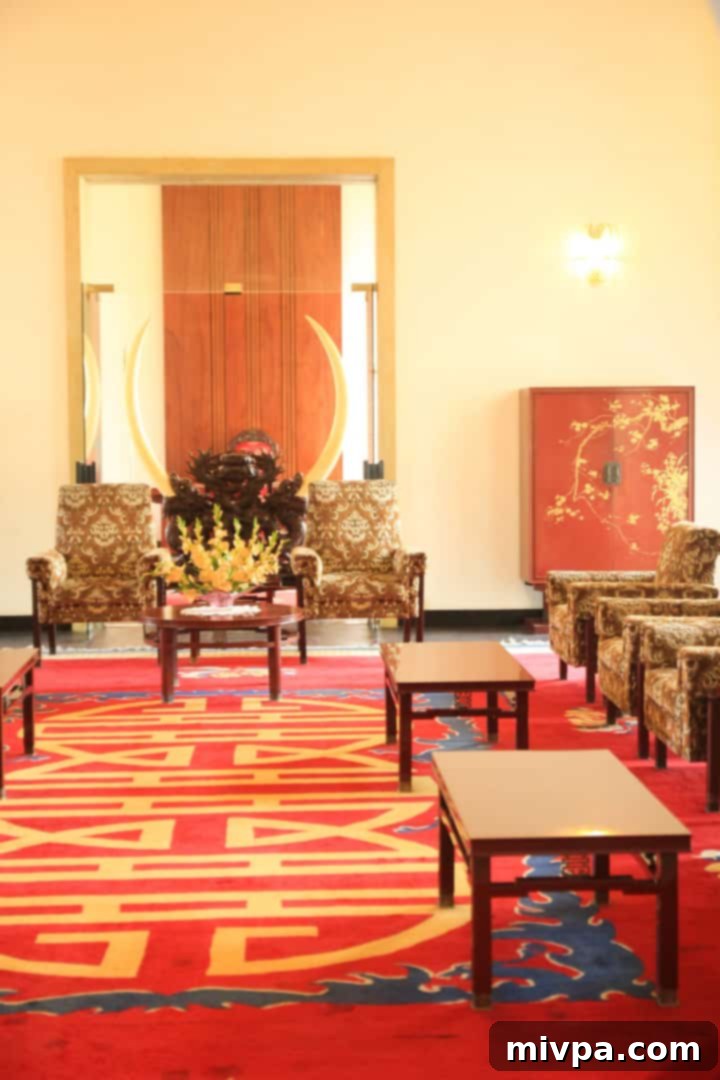

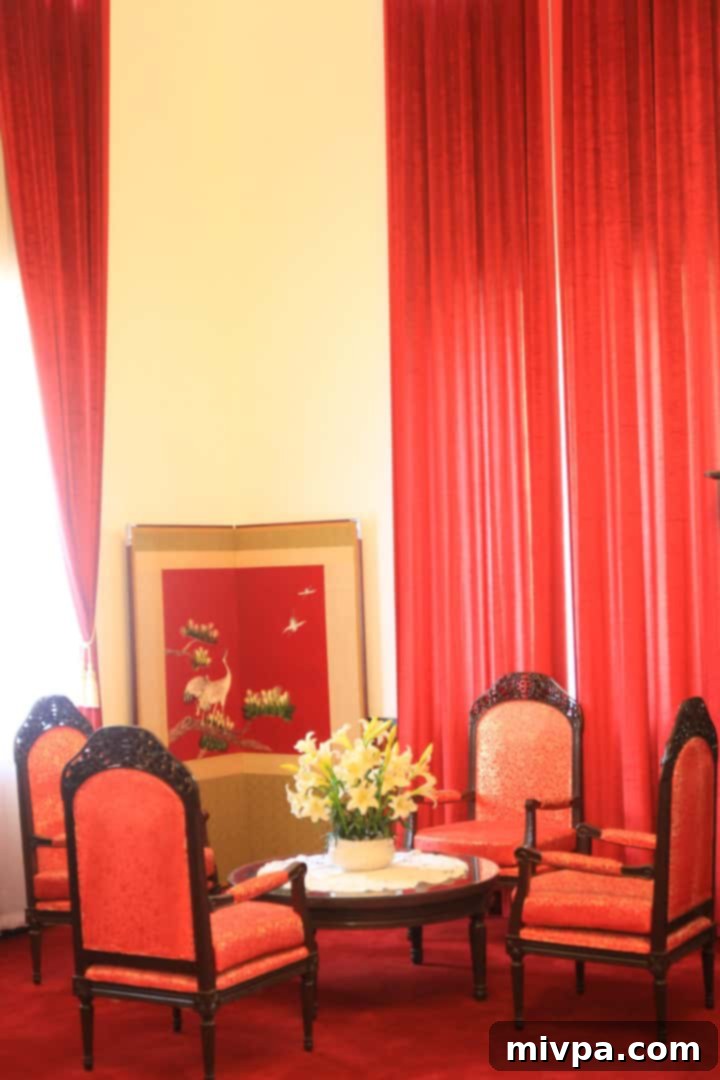

Understanding Through Stories: The Girl in the Picture
That very night, as the city lights twinkled, I purchased the compelling book “The Girl in the Picture” by Denise Chong from a bustling roadside vendor. This book tells the deeply moving story of Kim Phuc, the then nine-year-old girl who became an enduring symbol of the Vietnam War after being severely burned in a napalm strike. Chong meticulously chronicles how Kim Phuc’s life unfolded and evolved, long after the war itself had concluded, offering a profoundly human perspective on a global conflict.
I found myself utterly immersed in Chong’s powerful prose, transported back to the turbulent 1970s in Vietnam. My imagination filled with vivid scenes of the communist forces in the North battling against the South Vietnamese army and the US soldiers stationed there. I cringed at the raw, unflinching descriptions of the war’s brutality, feeling appalled by the atrocities, yet utterly unable to stop reading. It was a crucial, if painful, piece of the puzzle in understanding this complex nation.
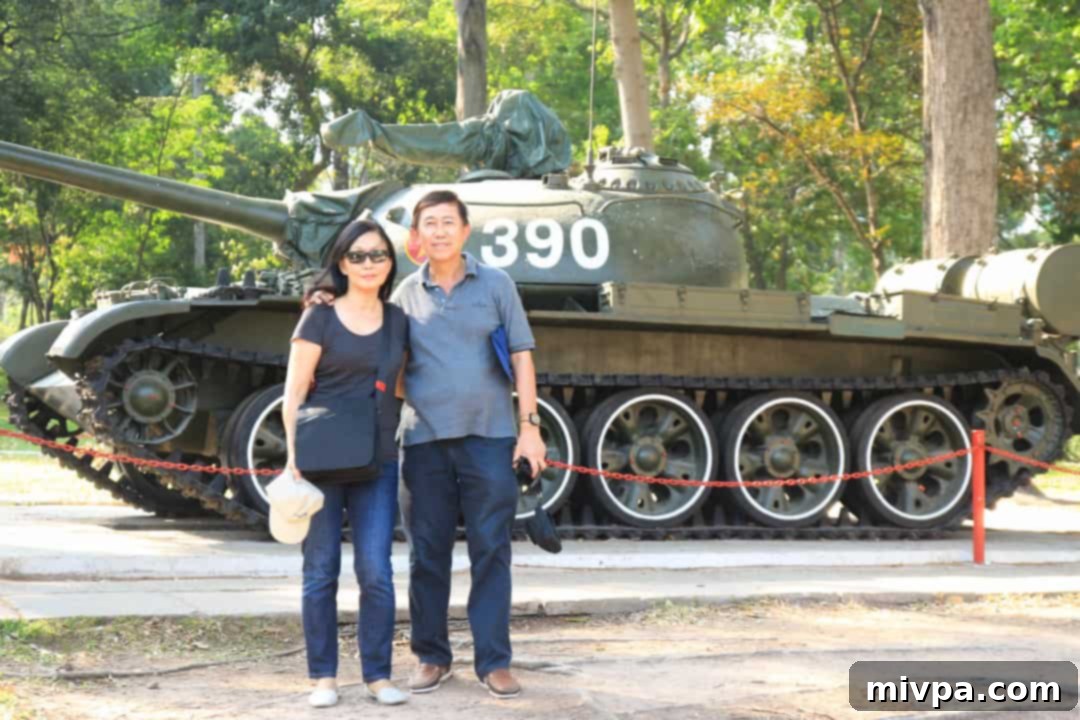
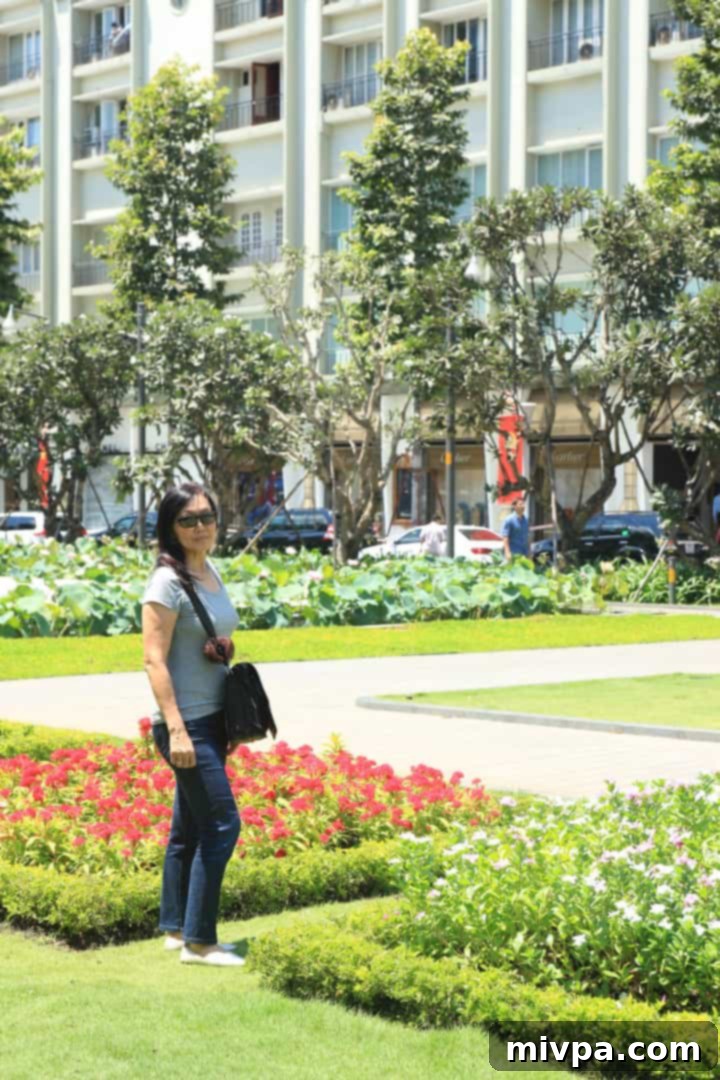
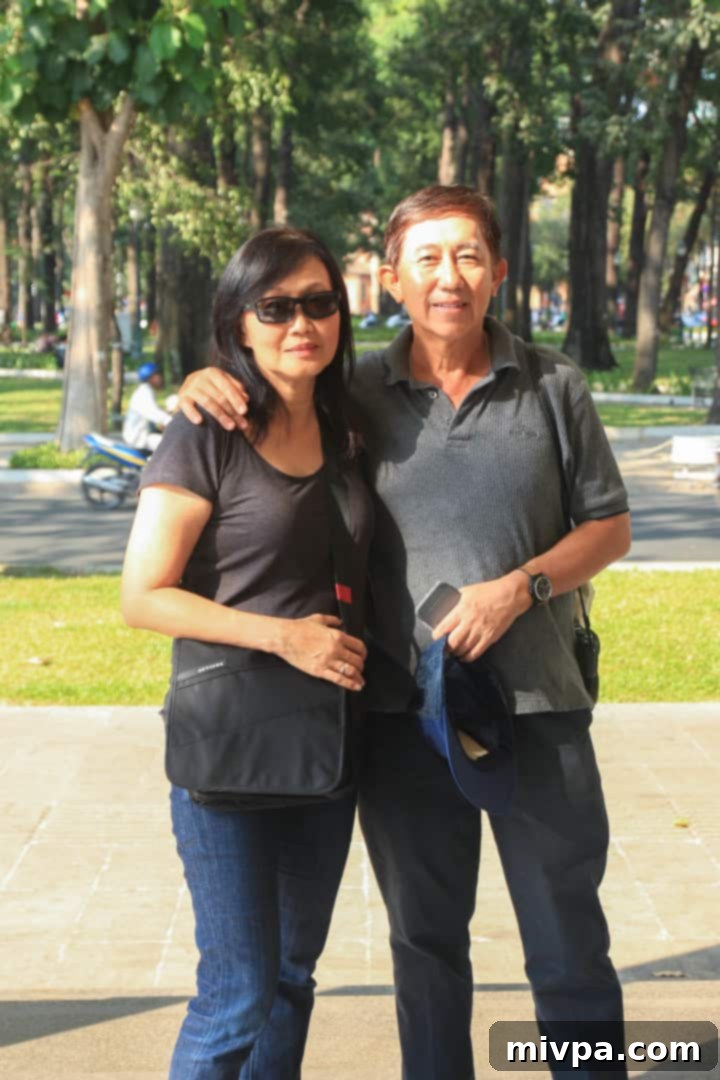
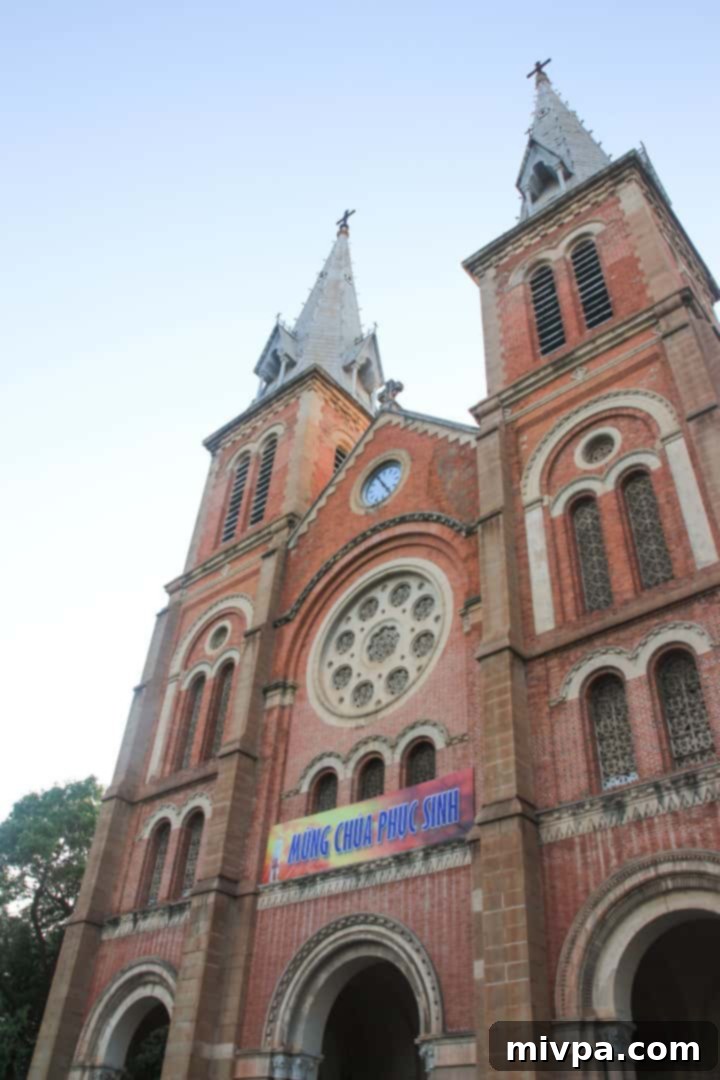
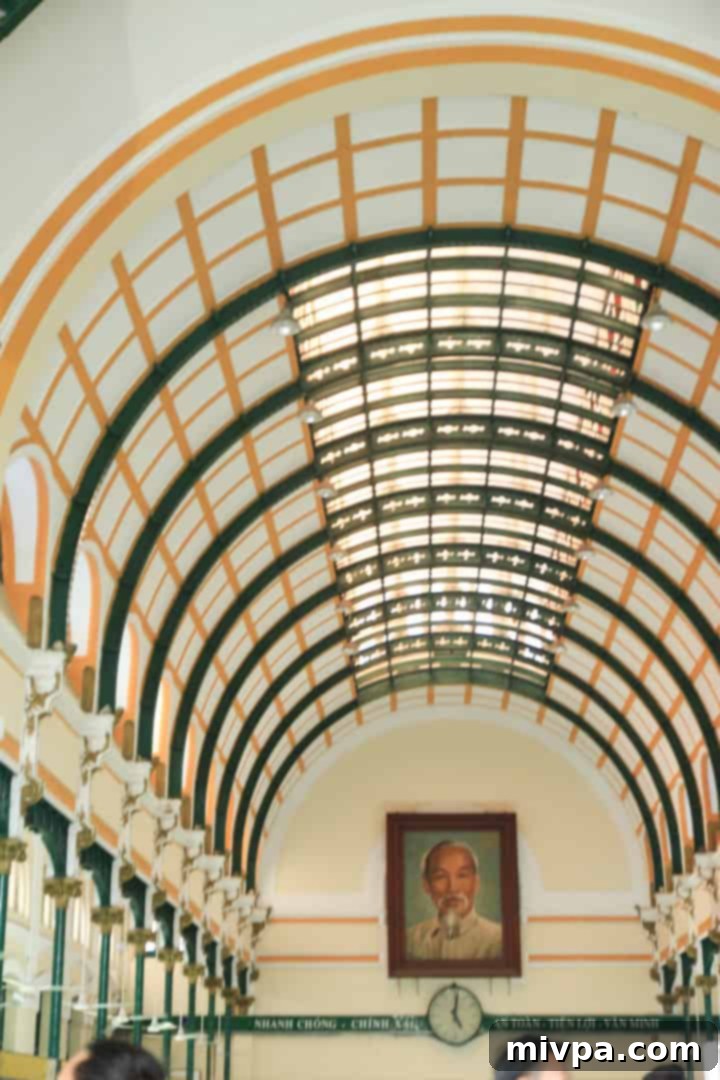
The Bustle of Commerce: Navigating Ho Chi Minh City’s Markets
Over the next few days, our focus shifted to the vibrant wholesale markets of Ho Chi Minh City. My parents, recently retired, were enthusiastically exploring an online business venture, and this trip was an opportunity to source products. We were in search of unique objects, particularly lacquered products typical of Vietnam, that would be suitable for import back to Singapore.
At the bustling An Dong market, a microcosm of Vietnamese commerce, my mom and I found ourselves perched on low plastic stools. A lone fan whirred valiantly, blowing warm air across our faces as we sipped from bottles of cold water, a small comfort against the humid heat. My dad, meanwhile, was fully engaged in the intricate dance of negotiation, skillfully haggling to secure a better price for the large quantities of lacquerware we intended to purchase. The atmosphere was a sensory overload – the chatter of vendors, the rustle of goods, and the distinct aroma of spices and market wares.
Once my dad successfully closed the deal at a price that satisfied him, we descended into the market’s basement hawker center for lunch. As the only obvious tourists eating at 3 PM in the afternoon, we quickly became prime targets for the aggressive hawkers. Each vendor, with relentless energy, vied for our attention, trying to persuade us to patronize their stalls. Unable to understand a word of their rapid-fire Vietnamese, I felt momentarily trapped, like a fish ensnared in a net, frantically trying to find an escape. It was an overwhelming, yet strangely authentic, cultural experience.
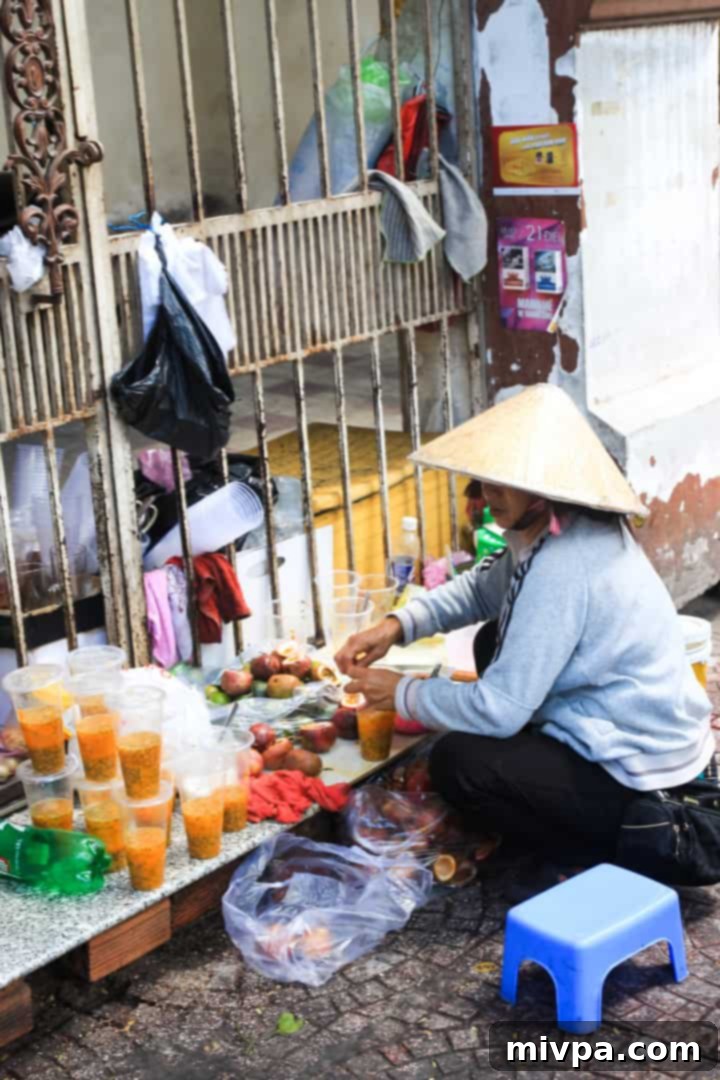
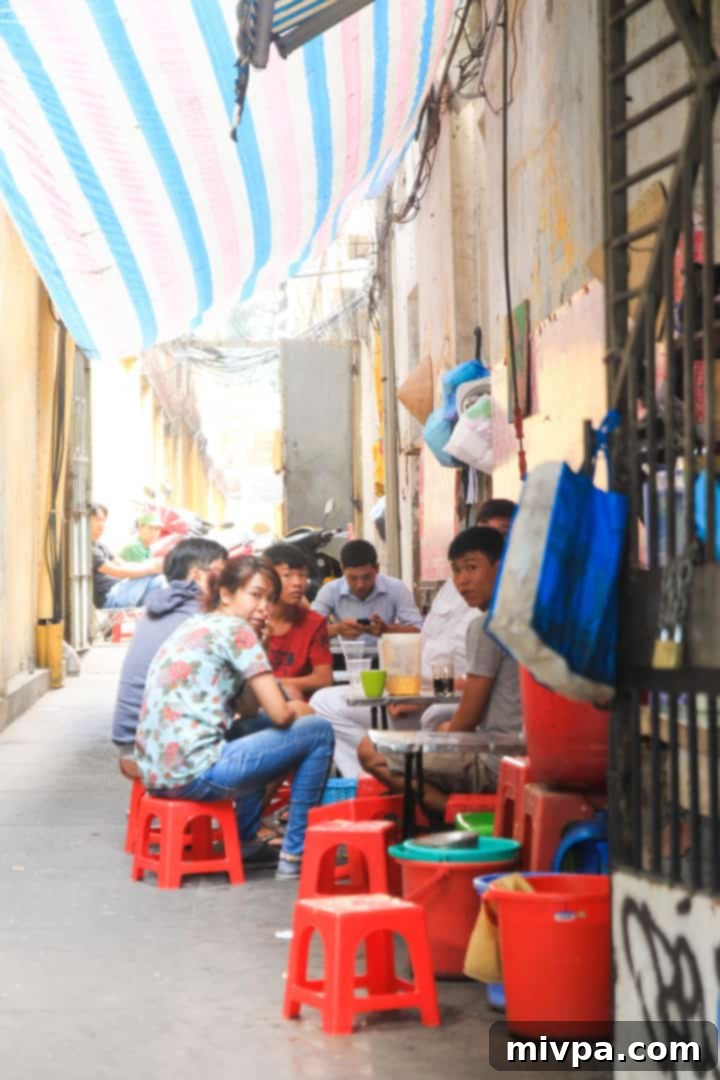
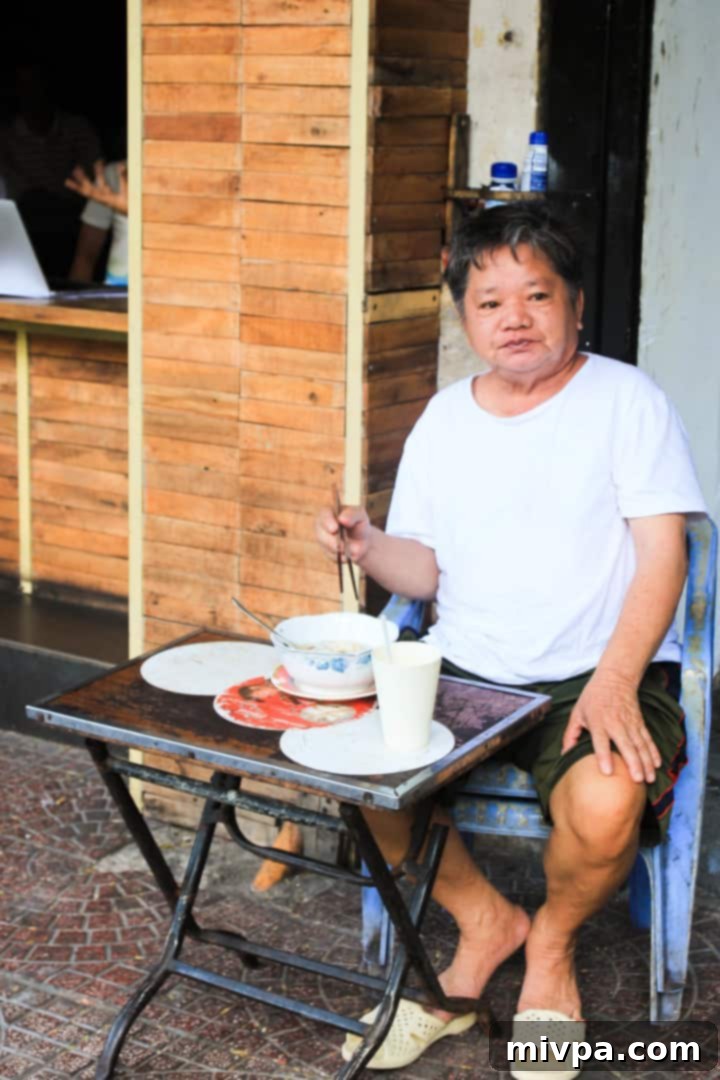
Ho Chi Minh City, it seemed, was perpetually alive with hawkers proudly displaying their diverse array of wares and goods. At the iconic Ben Thanh Market, this entrepreneurial spirit was particularly palpable. Here, everyone was tirelessly striving to earn their living, often selling remarkably similar goods, with price being the primary, if not sole, differentiating factor. As I walked by, storekeepers would gently, then more insistently, tug at my arm, a common tactic to draw customers in. I found myself unconsciously flinching, feeling a distinct lack of personal space in the dense throngs. They would pull us closer, addressing us in a medley of languages, attempting to guess our origins, all in an effort to reel us into their stalls. In time, I came to understand the aggressive nature of their salesmanship; in such a competitive environment, it felt like there was no other way to survive and thrive.
Capturing Memories and Future Hopes: Final Reflections on Ho Chi Minh City
On our last day, before our flight back to Singapore, we dedicated time to explore District 1, the vibrant central district where our A&EM Corner Hotel was conveniently located. Armed with my camera and a zoom lens, my intention was to capture snippets of Vietnam, creating visual souvenirs of our immersive trip. I snapped photos here and there, sometimes respectfully asking for permission from the locals, and at other times simply shooting from a distance, trying to blend into the urban tapestry.
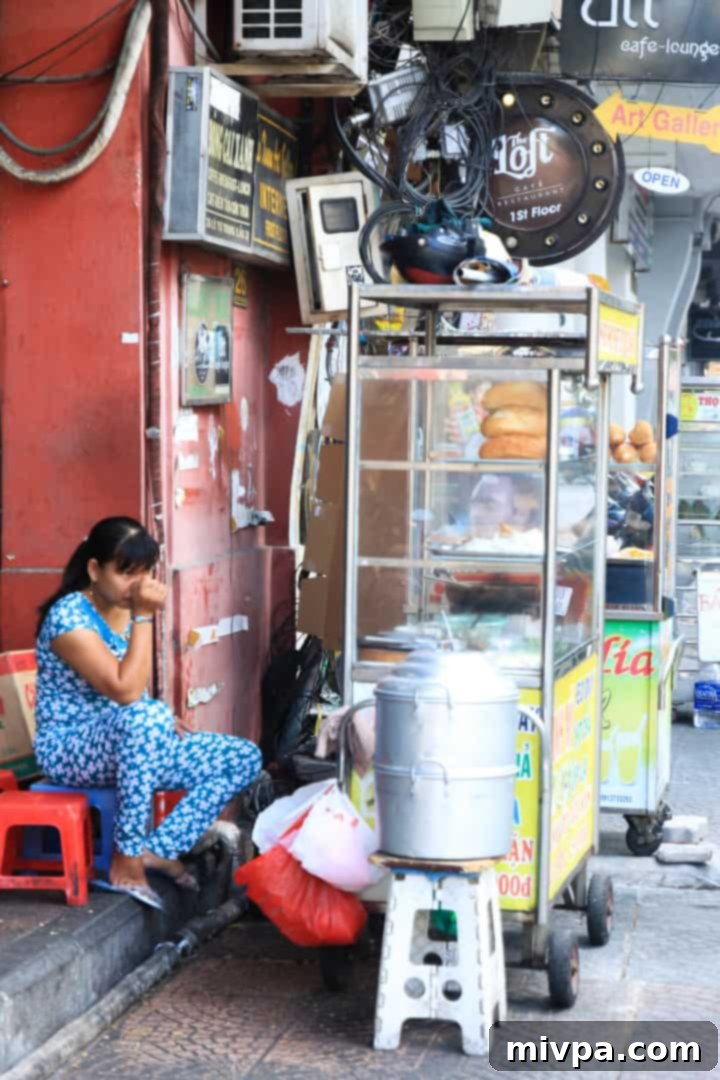
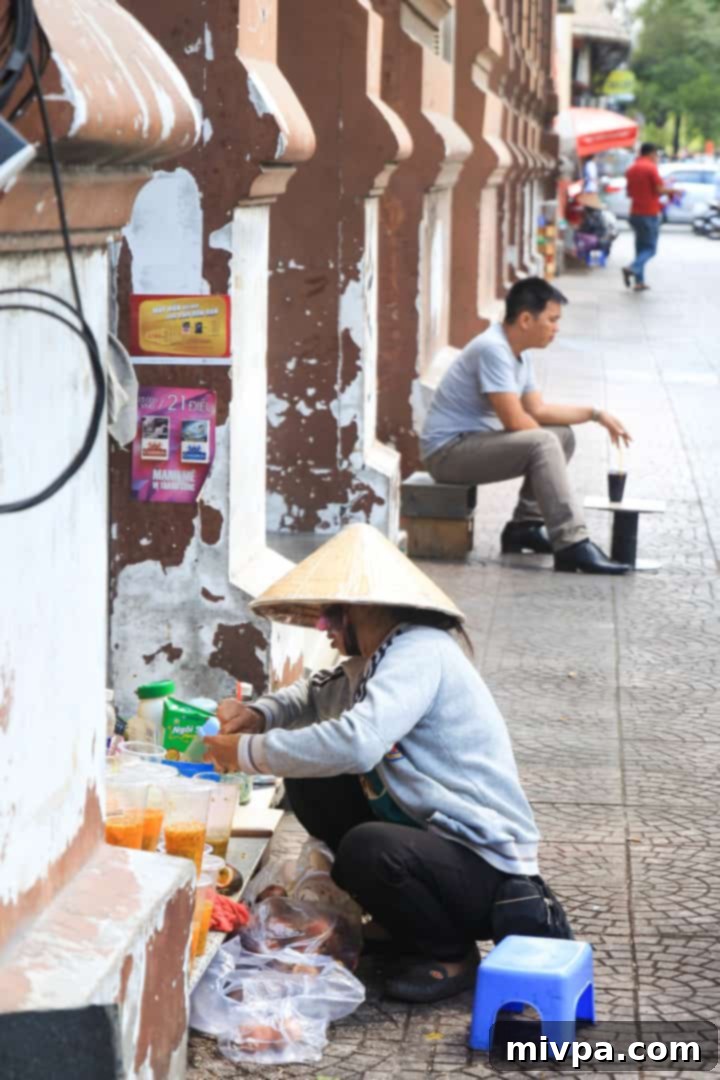
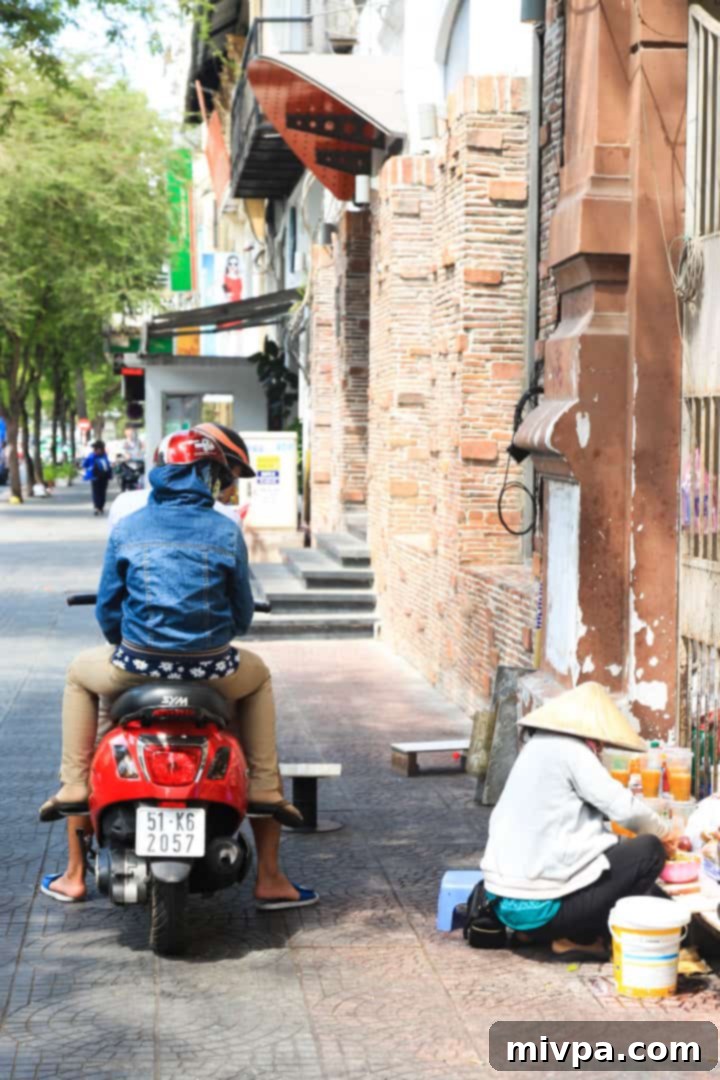
There was a distinct feeling that parts of Vietnam, particularly in its older architecture and traditional street scenes, seemed to be gently suspended in time. It evoked in me a sense of nostalgia, reminding me of what Singapore might have looked like in the 1980s, a simpler, less hurried era. It felt old, not in a decrepit way, but like a cherished sepia photograph whose vibrant colors have mellowed over time, imbued with history and character. It was a nation actively striving to fill itself with new colors, to keep pace with the rapid advancements of the 21st century, yet still holding onto its profound heritage. I couldn’t help but ponder what the coming decades would hold for Vietnam, how it would evolve while retaining its unique identity.
This initial foray into Vietnam has only deepened my curiosity. I believe I would love to return next time, perhaps to explore the historical and cultural richness of the North. Maybe, someday in the not-too-distant future, another trip will beckon, allowing me to uncover more layers of this truly unforgettable country.
